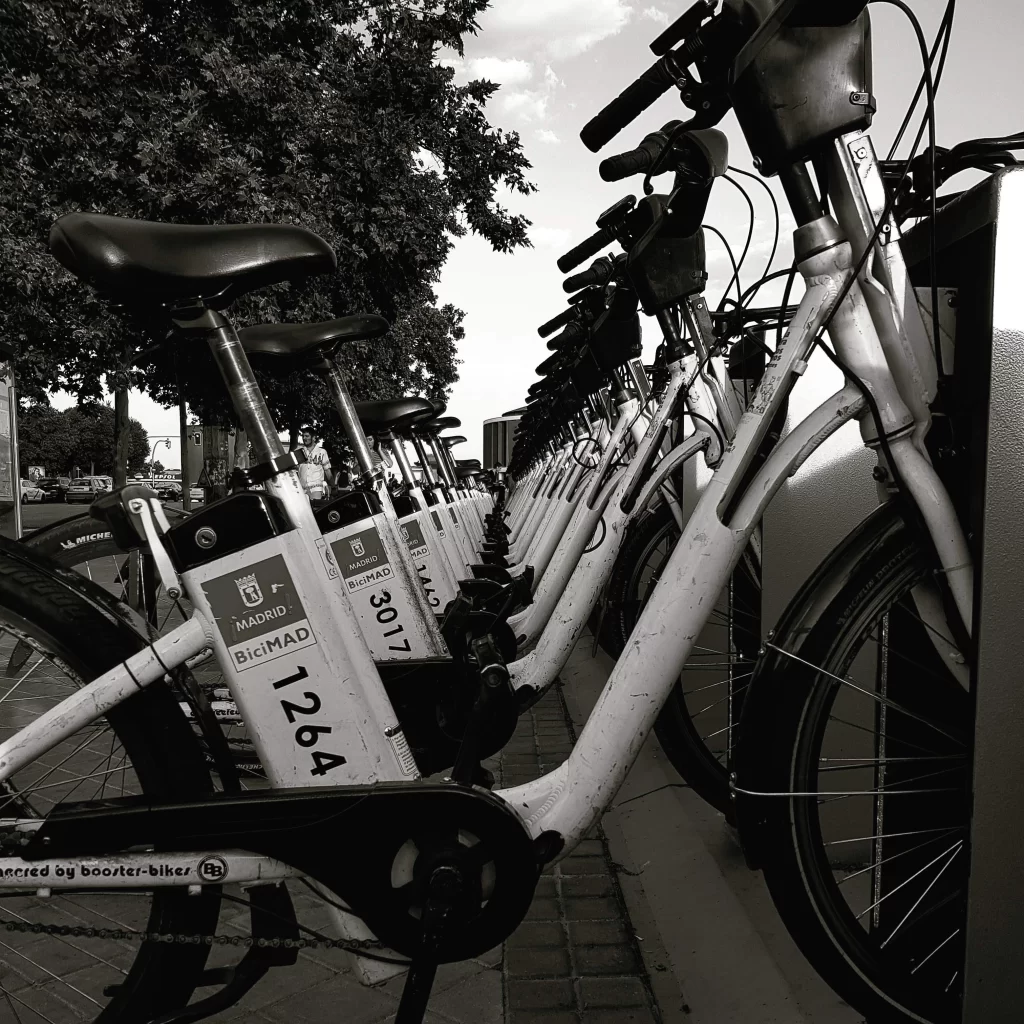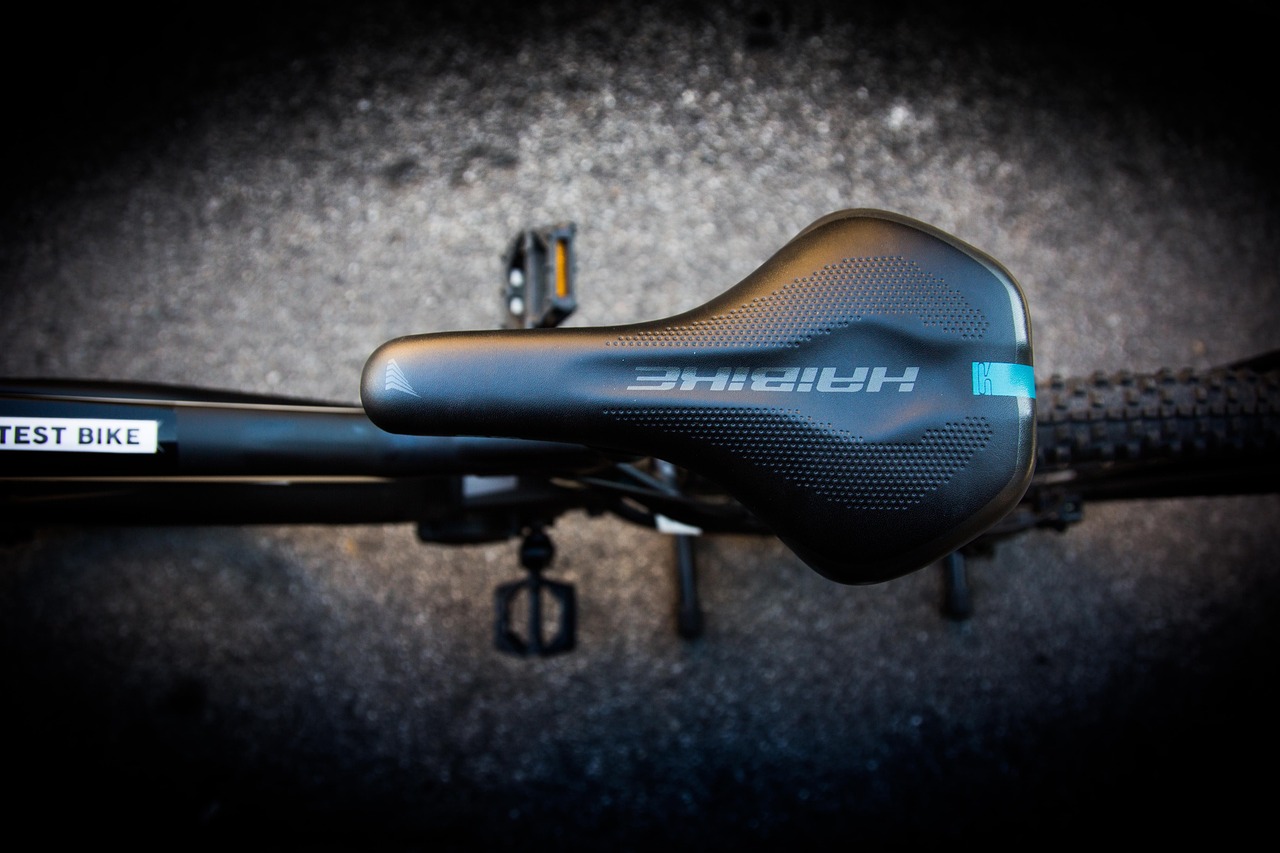Cycling is an awesome way to stay fit, feel free and explore new places. But when it’s time to chose a bike nowadays you have the option to make your life easier by choosing an electric bike. Let’s see what kind bike is suitable for which occasion!
Electric Bikes
Electric bikes, also known as e-bikes, are growing in popularity for their ability to provide a boost of power when pedaling. They feature an electric motor and battery that work together to provide assistance while pedaling.

Pros
- Easy to Ride: E-bikes provide an extra boost of power, making it easier to climb hills and travel longer distances without getting tired.
- Low-Impact Exercise: E-bikes are perfect for those who want to get some exercise, but may have joint or mobility issues that make it difficult to ride a traditional bike.
- Faster Commute: With an e-bike, you can travel faster and further than with a traditional bike, making it a great option for commuting.
Cons
- Expensive: Electric bikes are generally more expensive than traditional bikes, with prices ranging from $1,000 to $5,000 or more.
- Heavy: E-bikes can be heavier than traditional bikes due to the added weight of the motor and battery, which can make them harder to transport or store.
- Maintenance: E-bikes require more maintenance than traditional bikes due to the added components, which can be costly and time-consuming.
Non-Electric – Traditional Bikes
Non-electric bikes, also known as traditional bikes, are the classic option for cycling enthusiasts. They feature no motor or battery, relying solely on the rider’s pedaling power.

Pros
- Affordable: Traditional bikes are generally less expensive than e-bikes, with prices ranging from $100 to $2,000 or more.
- Lightweight: Non-electric bikes are typically lighter than e-bikes, making them easier to transport or store.
- Low Maintenance: Traditional bikes require less maintenance than e-bikes, with fewer components to worry about.
Cons
- Physical Exertion: Traditional bikes require more physical exertion than e-bikes.
- Limited Range: Without the assistance of an electric motor, traditional bikes have a limited range and may not be suitable for longer commutes or rides.
- Challenging Terrain: Traditional bikes can be challenging to ride on hilly or uneven terrain, requiring more effort and energy from the rider.
Which One Should You Choose?
It really depends on your personality and needs. Will you use the bike for daily commute and your route has a lot of uphills? Do you regard cycling as an activity that you want to enjoy and not challenging yourself when doing it (in other words being lazy sometimes?)? Then go for an e-bike. Or maybe you prefer the satisfaction of powering yourself through life without any extra assistance, or the routes you will take are mostly flat. In that case, a traditional bike might be more up your alley and will save you some money for a new smartwatch to track your progress and some bands to alternate your looks.
In the end, it’s all about what makes you happy. So go ahead, get yourself a bike, and enjoy the ride! Whether it’s an e-bike or a traditional bike, just make sure to wear a helmet and don’t forget to wave at your fellow cyclists. After all, we’re all in this together.
